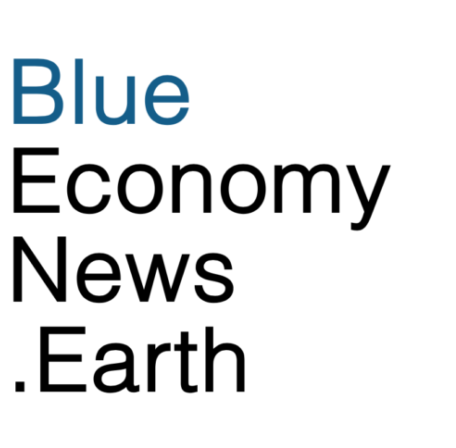The EU is granting more than €600 million to 70 projects across 24 EU countries to decarbonize transportation. Among these projects, 24 maritime ports will benefit from the integration of greener technologies, including Onshore Power Supply (OPS), electrification of port services and ammonia bunkering facilities to fuel maritime vessels.
According to the EU, onshore power supply–providing power to ships while they’re at berth rather than requiring them to operate on their own fuel–can reduce emissions at berth to zero, and decrease noise levels if electricity supply relies on clean and renewable energy sources. Close to 10% of ships calling at ports of the EU are equipped with the ability to “plug in” at port. Even with conventional power sources, studies suggest that the average carbon dioxide emissions from the EU energy mix are around 50% lower than emissions from diesel engines.
Examples of projects include:
Madoqua Green Fuels Terminal will receive €14 million toward deployment of upgraded port infrastructure for the bunkering of ammonia in the core port of Sines, Portugal.
Romania’s Constanta South Container Terminal S.R.L. will receive €19 million toward electrical terminal infrastructure and equipment.
The Port of Rotterdam will receive more than €100 million for numerous projects including onshore power supply for both port operations and equipment and ships in port.
Hamburg Port Authority will receive €4.6 million for onshore power for container and RoRo vessels.
Autoridad Portaria de Tarragona will receive €6.6 million for shoreside electricity systems including onshore power supply.
“This significant EU support for public and private organisations will accelerate the transport sector’s transition toward a sustainable future,” said Paloma Aba Garrote, Director of the European Climate, Infrastructure and Environment Executive Agency. “With these new projects, more than €2.5 billion in EU grants has been allocated to alternative fuels projects through AFIF since 2021. This demonstrates EU’s ambition to make zero-emission mobility an everyday reality.”

